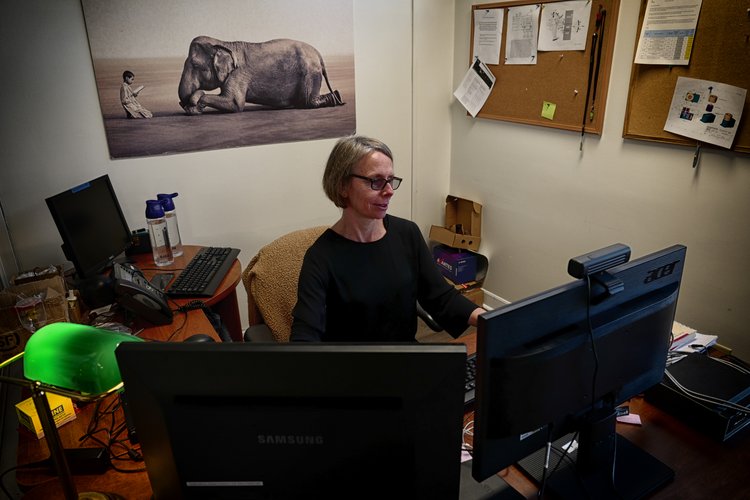7 Simple Techniques For Circular Dichroism
7 Simple Techniques For Circular Dichroism
Blog Article
See This Report about Circular Dichroism
Table of ContentsAn Unbiased View of Uv/vis/nirAll about Uv/visAbout Uv/visExamine This Report on Circular DichroismSee This Report about Uv/vis/nir

Spectrophotometry is a tool that hinges on the quantitative analysis of particles depending on how much light is absorbed by colored substances.
See This Report on Uv/vis/nir
A spectrophotometer is frequently used for the measurement of transmittance or reflectance of options, transparent or opaque solids, such as sleek glass, or gases. Numerous biochemicals are colored, as in, they take in noticeable light and therefore can be determined by colorimetric procedures, even colorless biochemicals can frequently be converted to colored substances appropriate for chromogenic color-forming reactions to yield substances appropriate for colorimetric analysis.: 65 However, they can likewise be designed to measure the diffusivity on any of the listed light varieties that usually cover around 2002500 nm utilizing various controls and calibrations.
An example of an experiment in which spectrophotometry is used is the determination of the stability constant of an option. A specific chain reaction within an option may happen in a forward and reverse direction, where reactants form products and products break down into reactants. At some point, this chain reaction will reach a point of balance called an equilibrium point.
The Of Uv/vis/nir
The amount of light that goes through the option is indicative of the concentration of particular chemicals that do not permit light to go through. The absorption of light is because of the interaction of light with the electronic and vibrational modes of molecules. Each type of particle has a private set of energy levels associated with the makeup of its chemical bonds and nuclei and thus will soak up light of particular wavelengths, or energies, leading to unique spectral homes.
The usage of spectrophotometers spans various scientific fields, such as physics, products science, chemistry, biochemistry. circularly polarized luminescence, chemical engineering, and molecular biology. They are extensively used in numerous markets including semiconductors, laser and optical production, printing and forensic assessment, why not find out more as well as in labs for the research study of chemical substances. Spectrophotometry is typically used in measurements of enzyme activities, determinations of protein concentrations, decisions of enzymatic kinetic constants, and measurements of ligand binding reactions.: 65 Ultimately, a spectrophotometer has the ability to identify, depending upon the control or calibration, what substances are present in a target and exactly how much through estimations of observed wavelengths.
This would come as a solution to the previously produced spectrophotometers which were unable to take in the ultraviolet properly.
Everything about Circularly Polarized Luminescence
It would be found that this did not offer satisfactory results, therefore in Model B, there was a shift from a glass to a quartz prism which permitted better absorbance outcomes - UV/Vis/NIR (https://urlscan.io/result/3823bc3a-74b6-4d0f-8f09-522e983b4d26/). From there, Design C was born with a modification to the wavelength resolution which wound up having 3 systems of it produced
It irradiates the sample with polychromatic light which the sample soaks up depending on its homes. Then it is transmitted back by grating the photodiode selection which identifies the wavelength area of the spectrum. Ever since, the production and application of spectrophotometry gadgets has actually increased profoundly and has turned into one of the most ingenious instruments of our time.

8 Simple Techniques For Circularly Polarized Luminescence
The grating can either be movable or repaired.
In such systems, the grating is fixed and the strength of each wavelength of light is determined by a different detector in the range. When making transmission measurements, the spectrophotometer quantitatively compares the fraction of light that passes through a reference service and a test service, then digitally compares the strengths of the two signals and calculates the percentage of transmission of the sample compared to the reference requirement.

Report this page